IRON AGE CELTIC HORSE HARNESS MOUNT 1st-2nd century AD A domed bronze mount with central hole, concentric rings and band of radiating triangles in white and red enamel; small recess to the rim. 97 grams, 56mm (2 1/4"). Fine condition. Provenance Found near Chelmsford, Essex, UK. Literature Cf. Haselhoff, G. Celtic Enamel in Kruta, V., Frey, O., Raferty, B. and Szabo, M. (eds). The Celts, Milan, 1991, pp. 639-642. Footnotes The majority of Celtic Iron Age metalwork was produced using the lost wax method which involved making a wax model that was covered in clay. This was then heated for the wax to melt out of small holes and which left a mould for the bronze or iron to be poured into. Once the metal had cooled the clay mould was broken away and the object was finished off by cleaning and then having engraved or inlaid decoration. The most common forms of inlaid decoration include coral which was imported from the Mediterranean. This was an expensive commodity and so glass was used to produce enamel which imitated the colour of coral. The glass was softened by heating, then shaped, and either set in cells or fastened to the keyed base-plate with pins. Just before the Roman period Celtic smiths in Britain were producing champlevé enamel work, in which powdered glass was put in a field cut away, or cast, on the surface of the metal and then heated in an oven to fuse it. Enamelling of this kind became a hallmark of Celtic smiths and was so renowned that the philosopher Philostratus mentions it in the third century AD.
IRON AGE CELTIC HORSE HARNESS MOUNT 1st-2nd century AD A domed bronze mount with central hole, concentric rings and band of radiating triangles in white and red enamel; small recess to the rim. 97 grams, 56mm (2 1/4"). Fine condition. Provenance Found near Chelmsford, Essex, UK. Literature Cf. Haselhoff, G. Celtic Enamel in Kruta, V., Frey, O., Raferty, B. and Szabo, M. (eds). The Celts, Milan, 1991, pp. 639-642. Footnotes The majority of Celtic Iron Age metalwork was produced using the lost wax method which involved making a wax model that was covered in clay. This was then heated for the wax to melt out of small holes and which left a mould for the bronze or iron to be poured into. Once the metal had cooled the clay mould was broken away and the object was finished off by cleaning and then having engraved or inlaid decoration. The most common forms of inlaid decoration include coral which was imported from the Mediterranean. This was an expensive commodity and so glass was used to produce enamel which imitated the colour of coral. The glass was softened by heating, then shaped, and either set in cells or fastened to the keyed base-plate with pins. Just before the Roman period Celtic smiths in Britain were producing champlevé enamel work, in which powdered glass was put in a field cut away, or cast, on the surface of the metal and then heated in an oven to fuse it. Enamelling of this kind became a hallmark of Celtic smiths and was so renowned that the philosopher Philostratus mentions it in the third century AD.
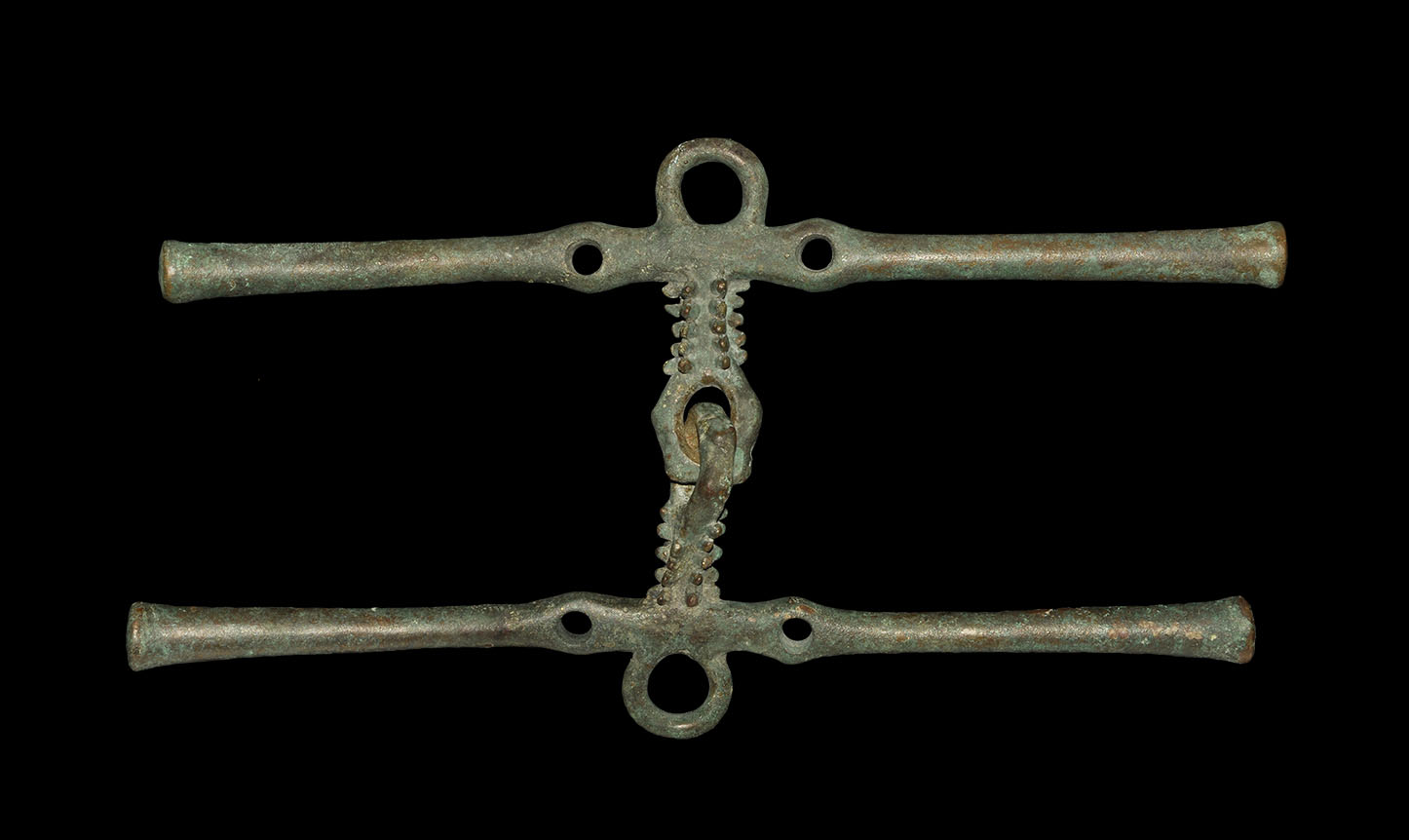
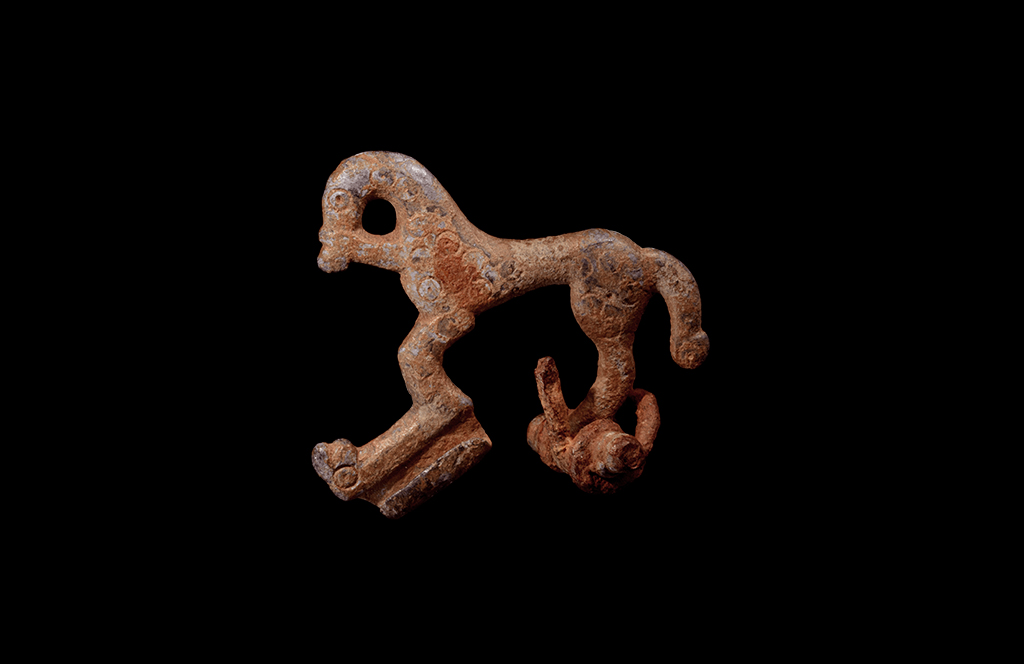
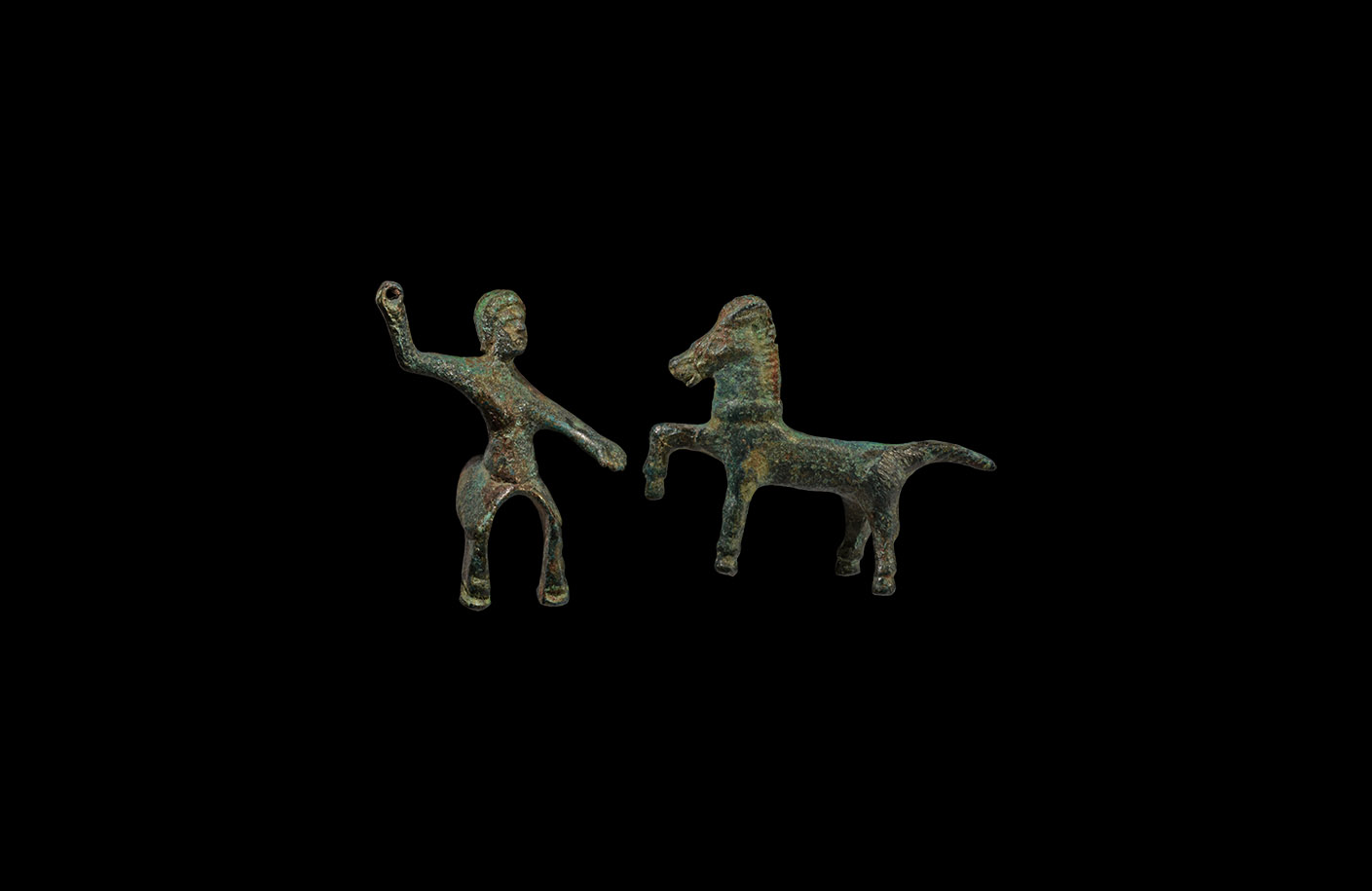
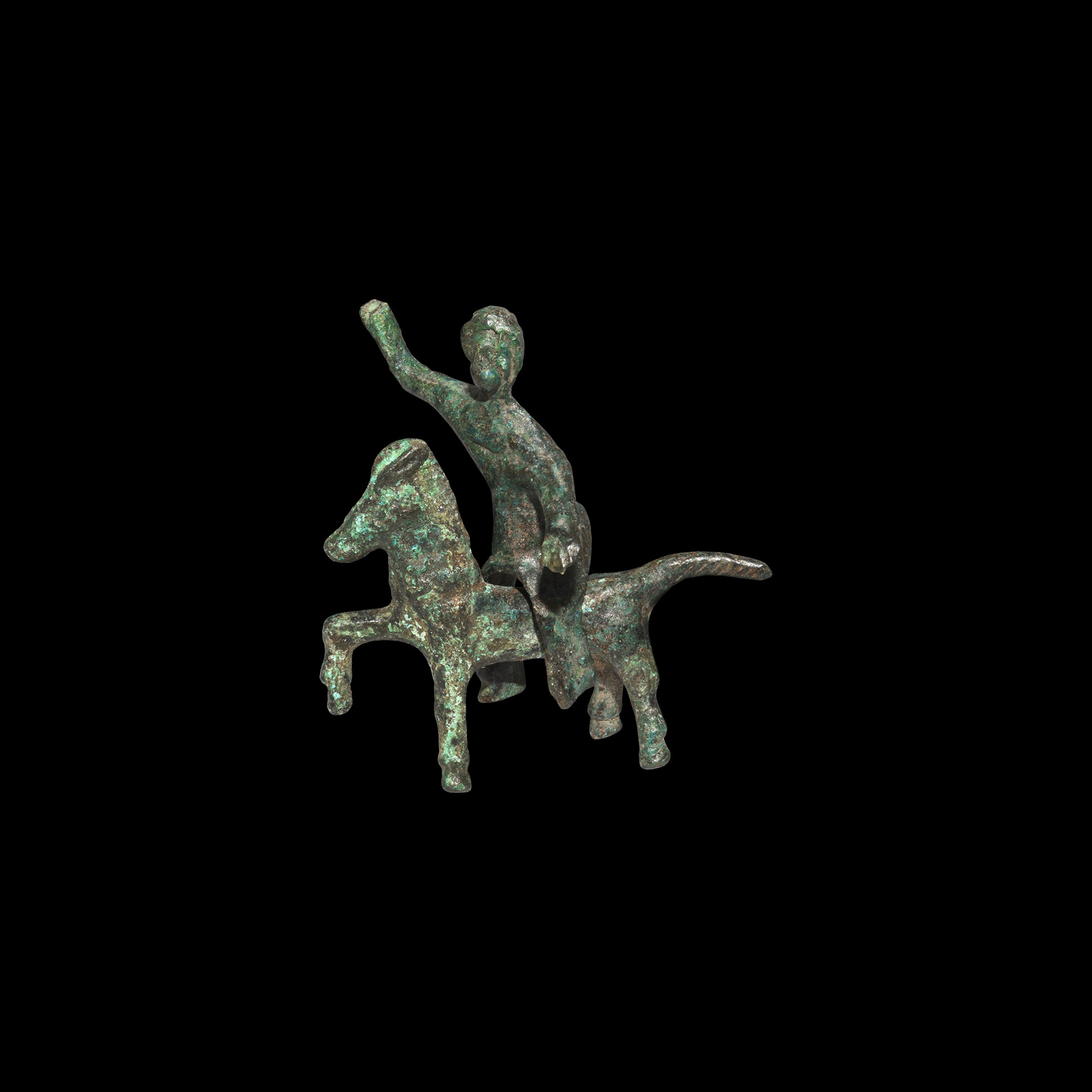
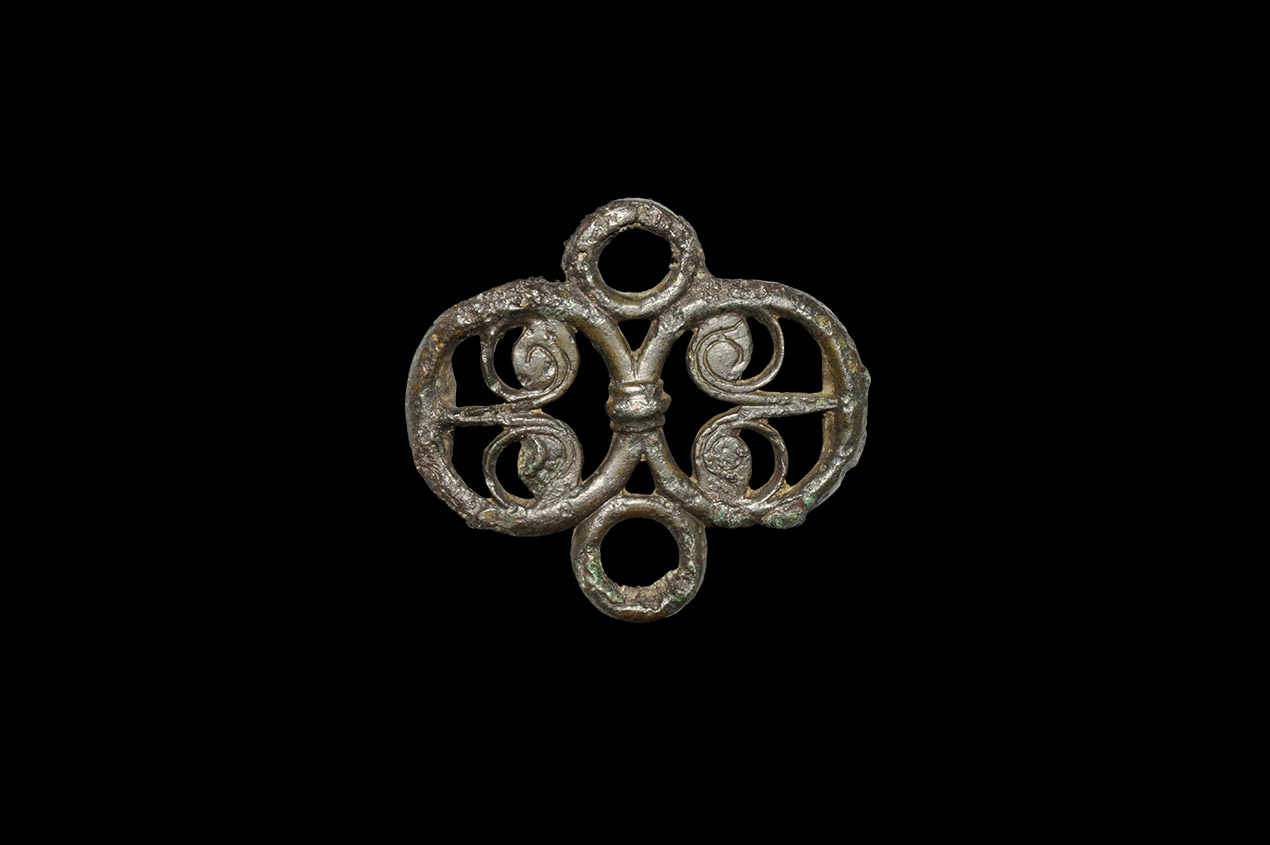
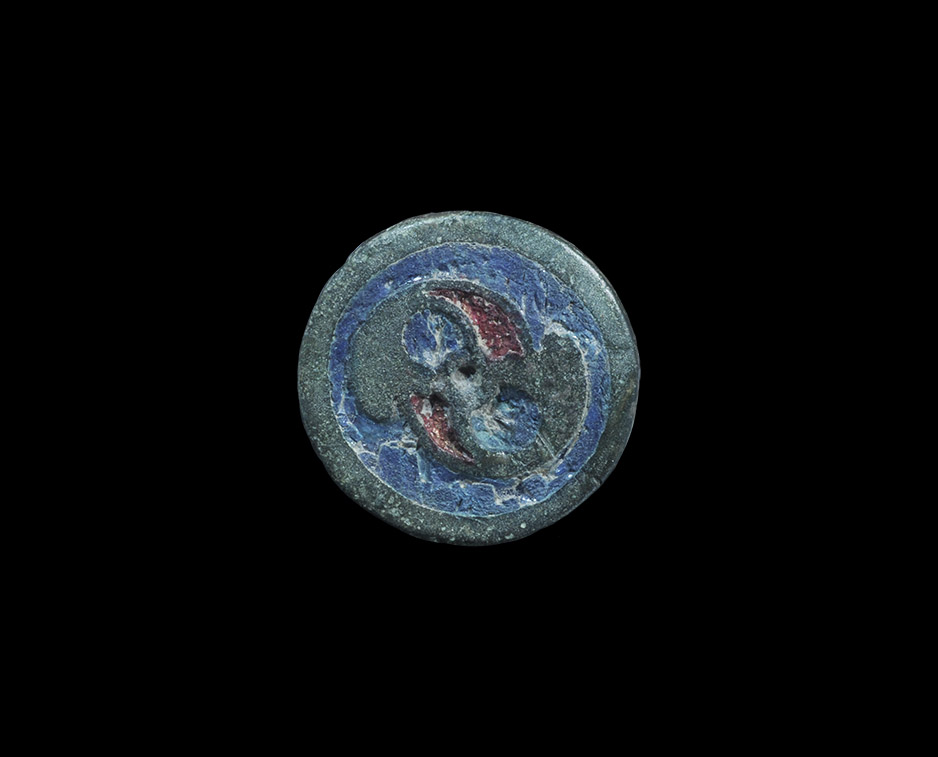
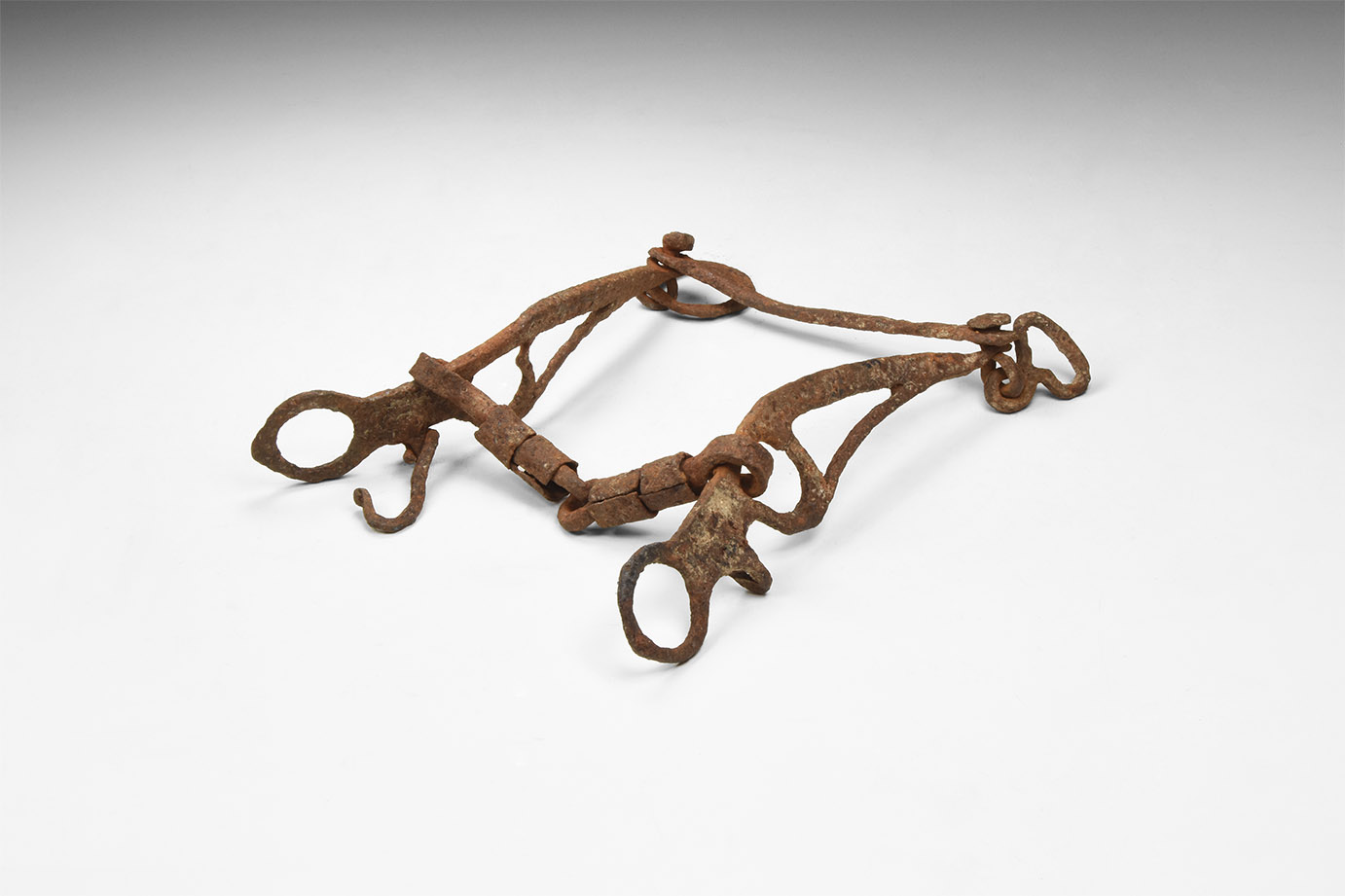

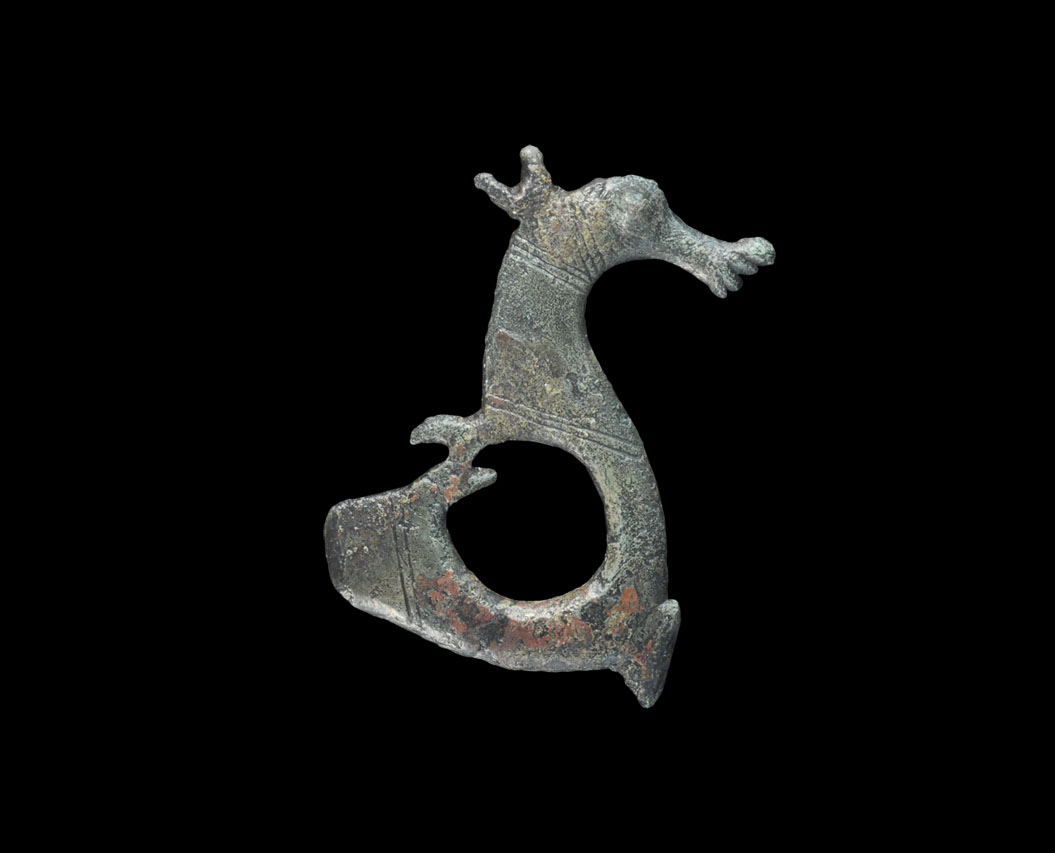
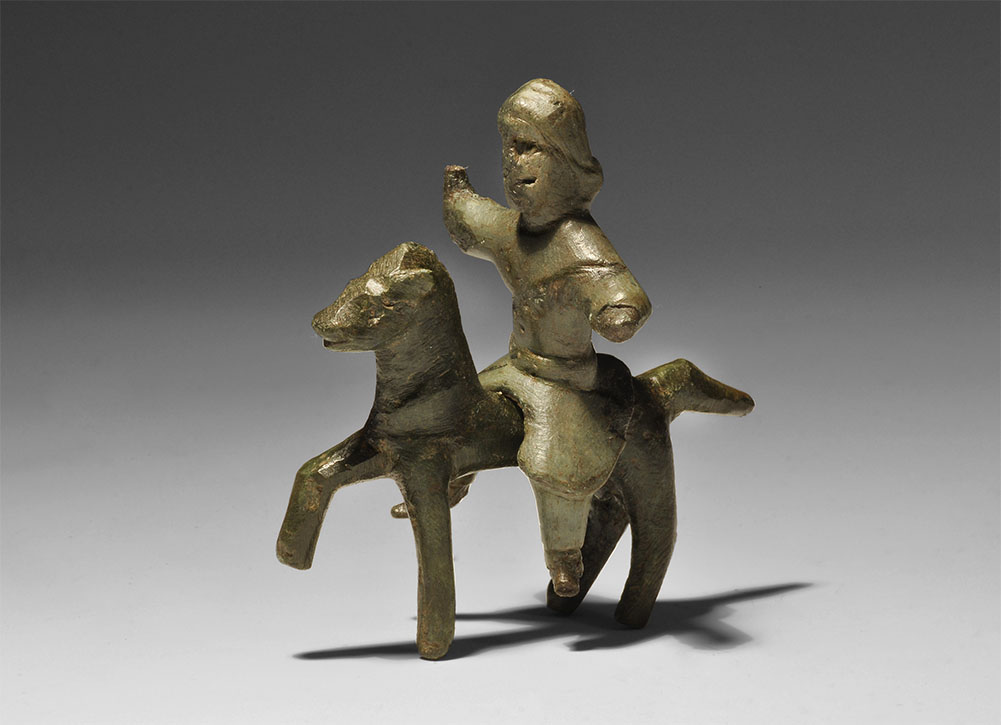

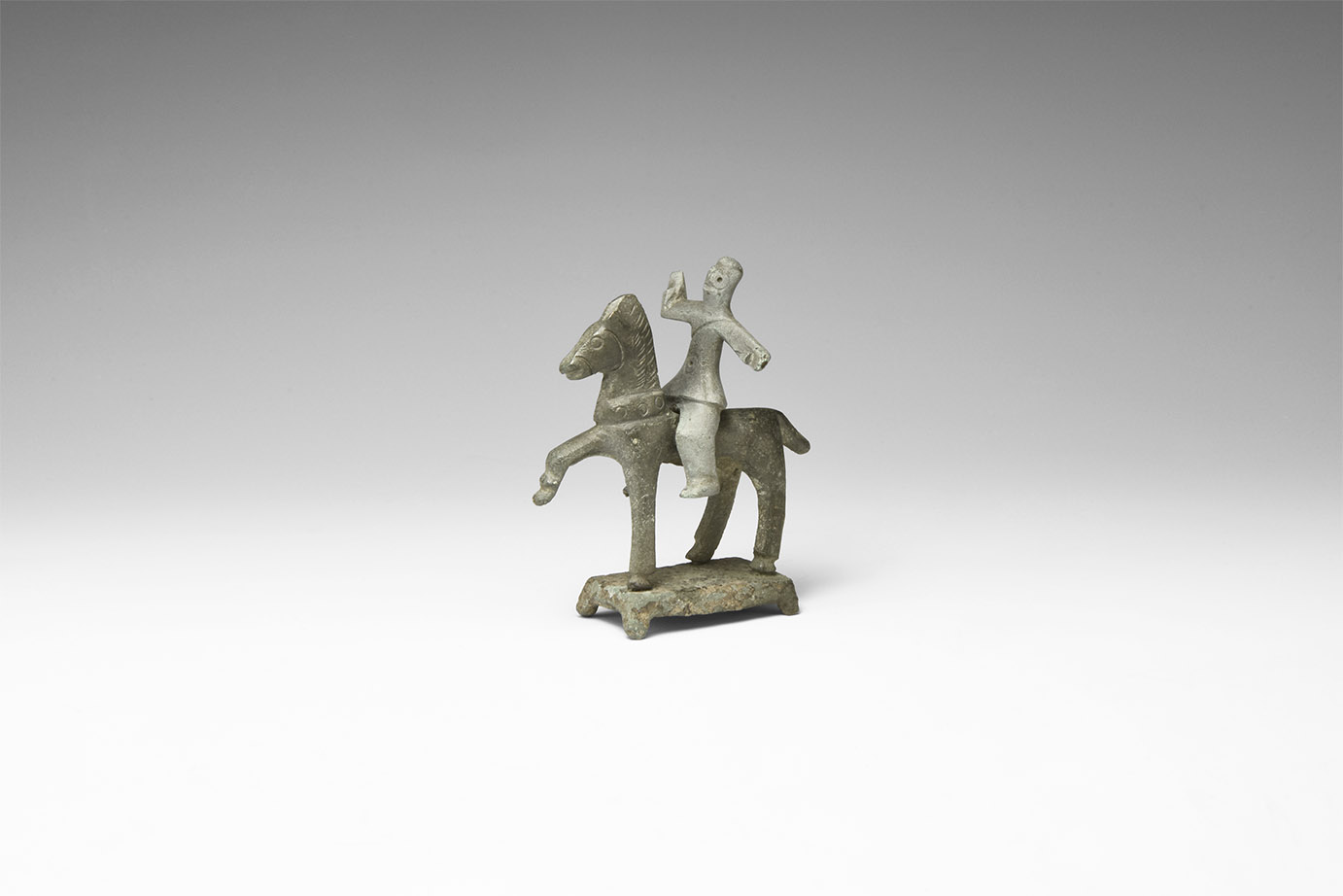
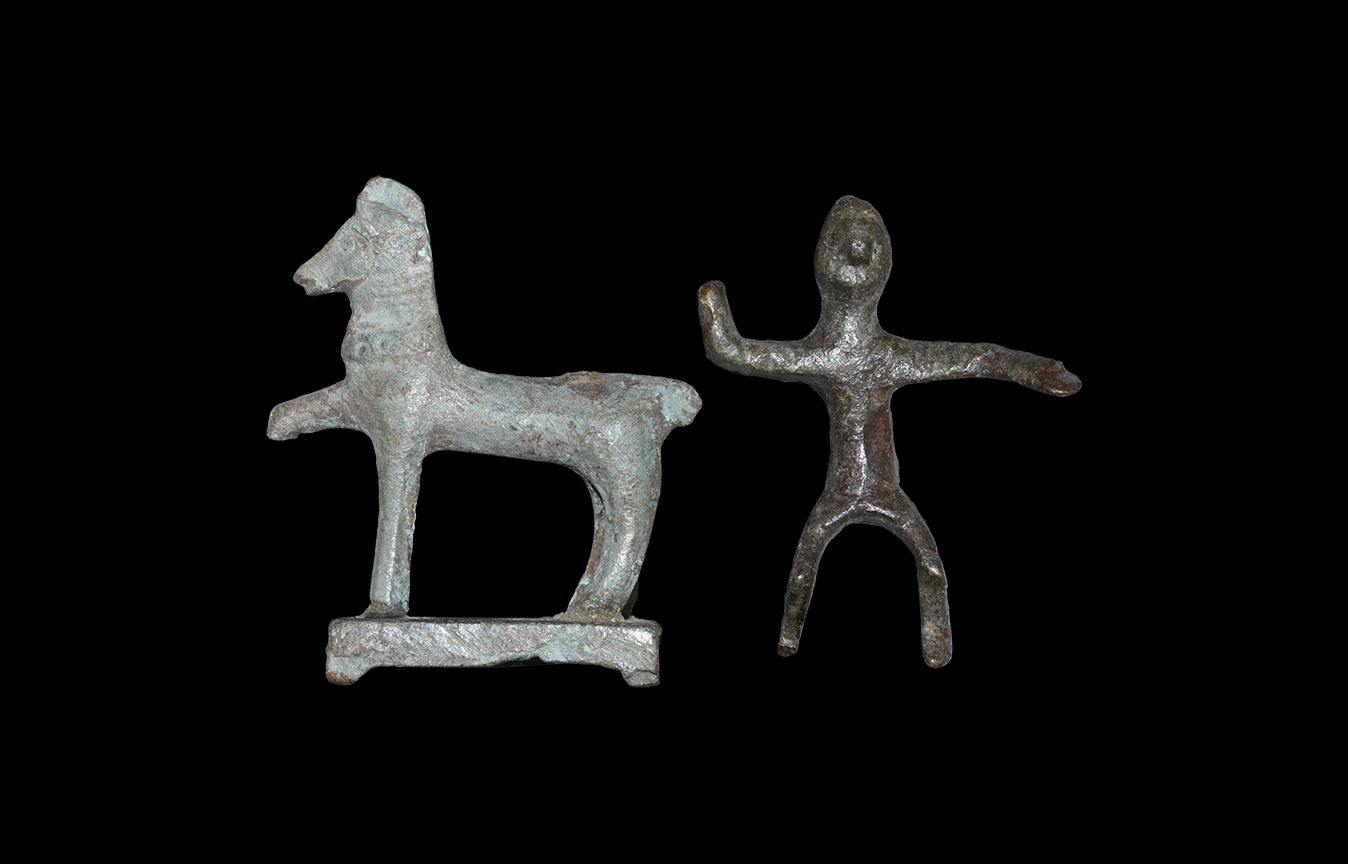
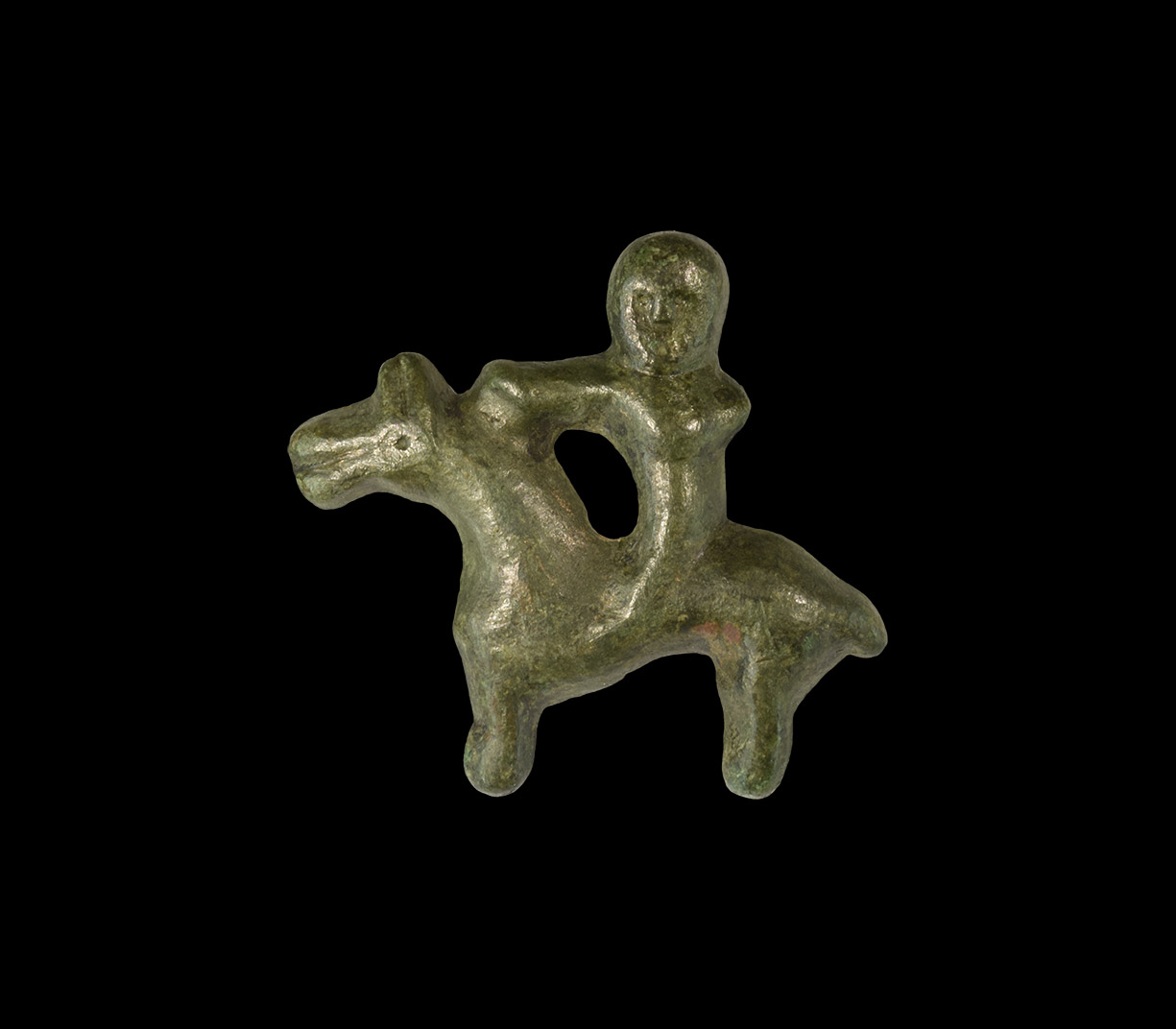
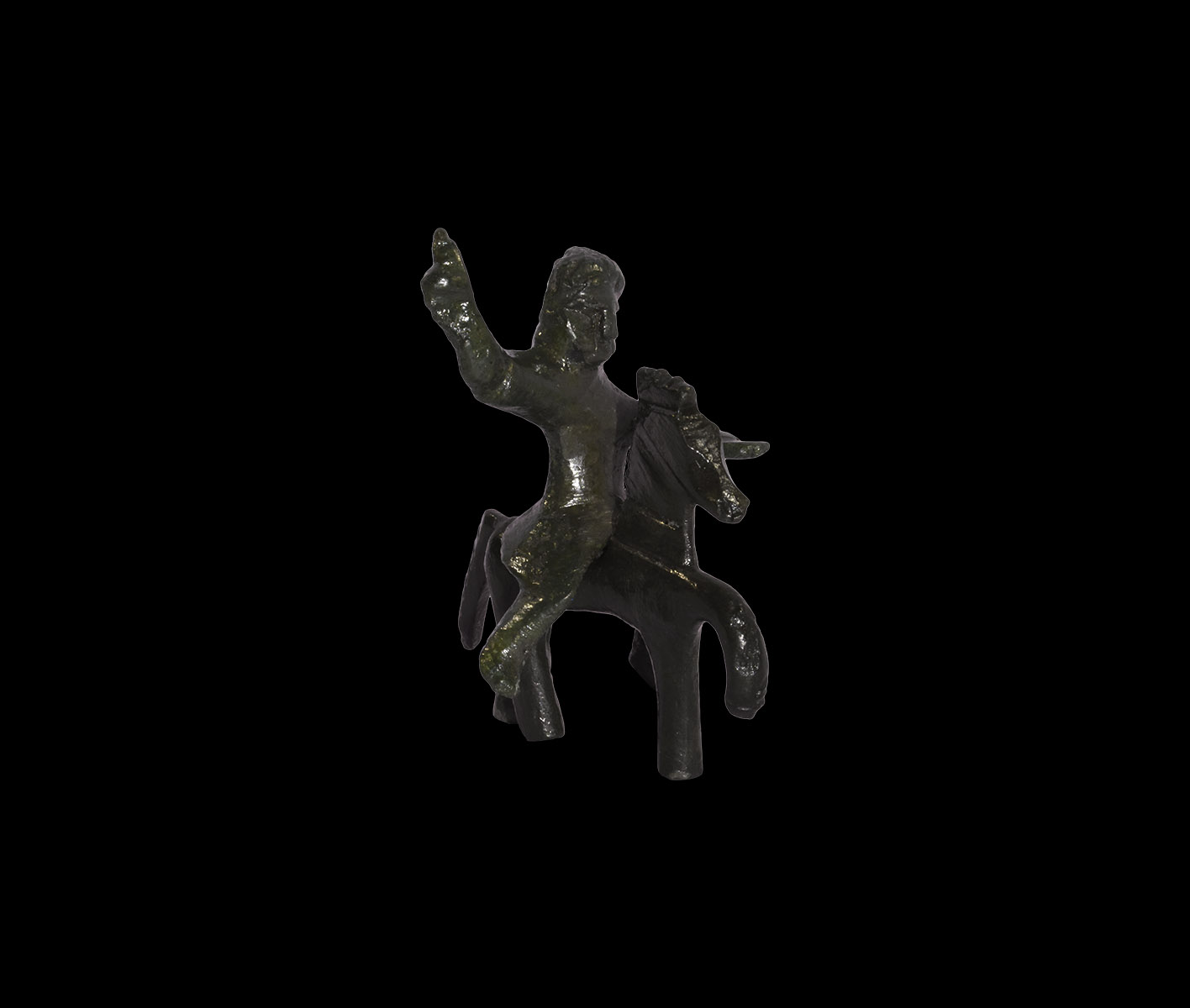
Testen Sie LotSearch und seine Premium-Features 7 Tage - ohne Kosten!
Lassen Sie sich automatisch über neue Objekte in kommenden Auktionen benachrichtigen.
Suchauftrag anlegen